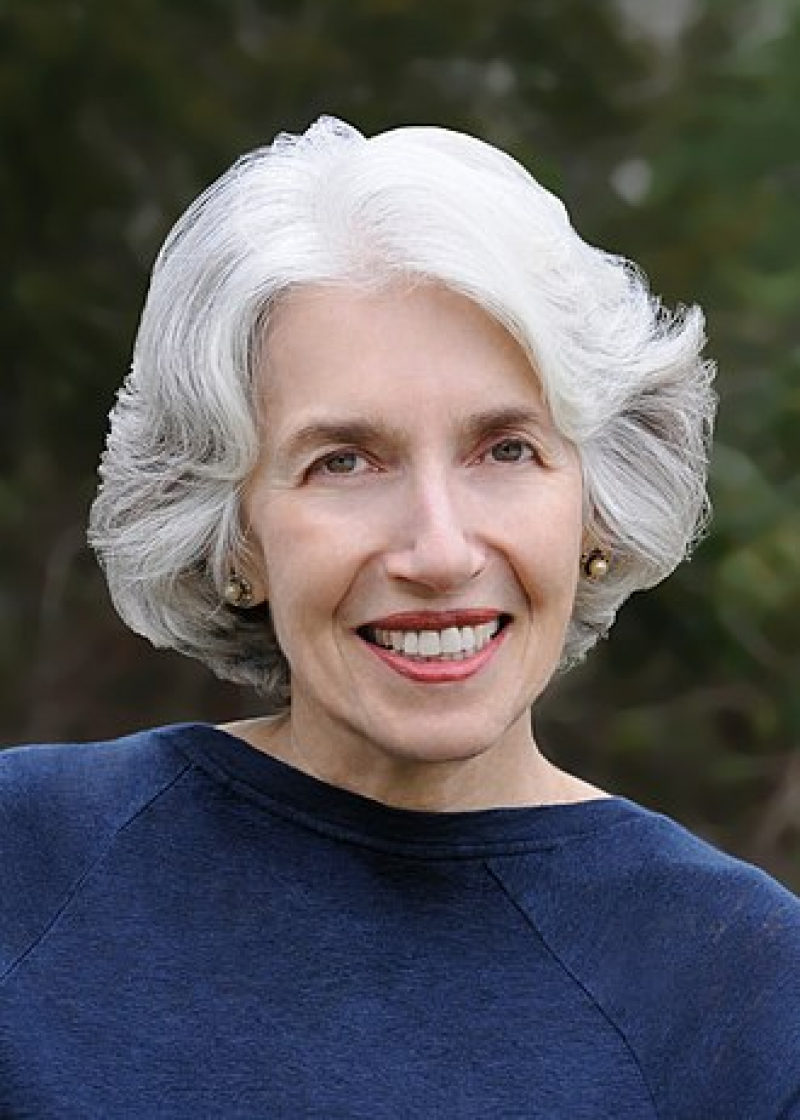Readers will go back to the year 1707 with a British Naval disaster that took the lives of 2,000 men, sailing aboard four English warships. The cause of this enormous loss was blamed on not having the means to determine longitude. This problem of faulty navigation had plagued mariners for years. When lost at sea, ships might be delayed up to several months before finding the right course. When provisions ran out, scurvy a disease resulting from lack of vitamin C, brought death and despair to many sailors. These sorrows, motivated British Parliament to offer a reward of £20,000 (equivalent today in US Dollars $24,451.01) for whoever could solve the longitude problem.
As you can imagine, there were others who promoted various methods and devices in an attempt to gain the prize money and solve the problem. The Longitude Board of British Parliament referred to most ideas as coming from ‘longitude lunatics.’ One that really concerned me was a flimflam idea of the ‘Powders of Sympathy.’ This method involved wounding a dog who would sail with the ship. The dog’s wound had to be maintained, not allowed to heal. Everyday someone in London would dip the same knife that had wounded the dog, into a bowl of special powder, at precisely 12:00 noon. This would make the dog howl wherever he was, and then the sailors would know it was 12:00 in London. Knowing this would supposedly help them calculate their position at sea. How absurd!
Enter John Harrison, a carpenter and clockmaker. Through the years John worked alongside his son William to develop several versions of the machine, each one perfecting in time-keeping accuracy. These timepieces were made by delicate, complex craftsmanship, and prototypes had to be tested at sea on voyages to the West Indies. Harrison received incremental payments with each development and had to move his wife and son into London, to fully devote himself to the work. At one point the Longitude Board began to pursue the idea of using astronomy as a means for determining placement at sea. This had drawbacks, since it isn’t always possible to have clear night skies for seeing stars that could direct the path.
The Reading Trap, Traphill Library’s book club, learned a lot of interesting things and felt fairly smart after reading Sobel’s book. It is written with a style that explains the big idea of longitude in an easy manner. And, the human side of this story, told through Harrison’s efforts, highlights remarkable perseverance. Encouragement to overcome obstacles is a subliminal benefit for anyone who consumes this enjoyable and informative book. Dream it. Do it. Achieve it.
Longitude was also made into a film (1999, starring Jeremy Irons) . . . In two parallel stories, the clockmaker John Harrison builds the marine chronometer for safe navigation at sea in the 18th Century and the horologist Rupert Gould becomes obsessed with restoring it in the 20th Century.
Dava Sobel is known for writing scientific stories in page-turner style, even enticing readers who rarely indulge in nonfiction. She grew up in a home where reading was encouraged and under the influence of her mother, who was trained as a chemist. A graduate from the Bronx High School of Science in 1964, and later Binghamton University. She has written about everything from astronomy to veterinary medicine while serving as the staff reporter of The New York Times Science News department.
One other book I’ve read by Sobel was Galileo’s Daughter: A Historical Memoir of Science, Faith, and Love. I will confess that the scientific study of astronomy is not a likely subject of interest for me. But reading this book really pulled me in. The story comes from letters written by Maria Celeste, the daughter of this renowned genius. Maria’s letters were written to her father in his later years while she was living in a convent, and are full of personal detail to accompany the study of Galileo’s astrophysical discoveries.
Other noted authors who celebrate a birthday on June 15 are; Thomas Bullfinch, Peter Mayle, and W. Stanley Moss.
The Daughter of Time by Josephine Tey is selected for The Reading Trap’s discussion in July. Call 336.838.2818 x241 for information.

